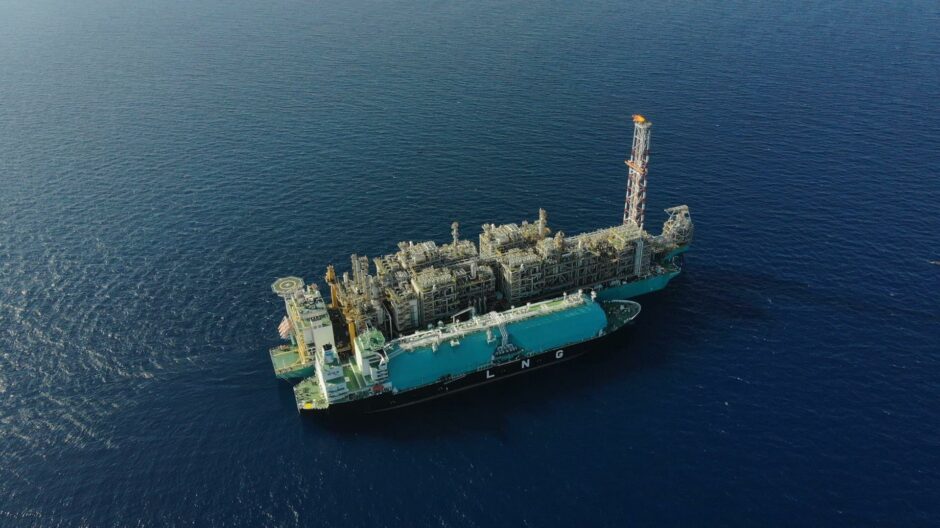
Petronas and Sabah Oil & Gas Development Corporation (SOGDC) have signed a key memorandum of understanding (MoU) that will see the Malaysian national energy company build Sabah’s first and largest near-shore floating liquefied natural gas (LNG) facility estimated to cost MYR8.8 billion ($2.02 billion).
The project, expected to be able to process at least 2 million tonnes per year (t/y) of LNG, is known as ZLNG and will be located at Sipitang Oil and Gas Industrial Park (SOGIP).
Under the MoU signed last week, Petronas and SOGDC, which is a Sabah-based agency spearheading the development of the state’s downstream oil and gas industry, will collaborate to make the project a reality with SOGDC committing to assist Petronas to secure all necessary approvals and permits with SOGIP as the developer, reported the Borneo Daily Bulletin.
The floating LNG facility is expected to create multiple spin-offs for the state.
“It will unlock potential future businesses such as tank regional distribution and bunkering and potentially provide return to participating parties and expand LNG Virtual Pipeline System (VPS) in Sabah. LNG VPS, which leverages the LNG plant, will enable Sabah State to extend gas use within Sabah especially in the East Coast region,” said the Borneo Daily Bulletin.
SOGDC is reportedly already engaging with local industry players and contractors that provide services like mechanical and electrical services, health and safety, offshore and onshore maintenance and upstream services and other related services.
The FLNG project, which will be Petronas’ third, is currently in front-end engineering and design (FEED) with a final investment decision targeted by the end of this year. Start-up is planned by the end of 2026.
“It’s good news for the Kebabangan project as it provides an additional end market to the existing domestic gas sales and Petronas first floating LNG unit – PFLNG Satu,” Robert Chambers, director, upstream research at IHS Markit, told Energy Voice.
ConocoPhillips (NYSE:COP) and Shell (LON:SHEL) have both suffered significant losses in relation to their Kebabangan (KBB) field offshore Sabah due to transportation issues caused by a faulty pipeline that is managed by Petronas. The 512 km onshore pipeline was designed to ship gas to the neighbouring state of Sarawak for export at the Malaysia LNG (MLNG) terminal. But has failed to work properly in recent years.
Significantly, the proposed nearshore floating LNG scheme will offer an alternative route to market for gas from Kebabangan following the failure of the Sabah Sarawak Gas Pipeline (SSGP).
However, whilst the latest MoU is “very welcome news, the ongoing challenges with the Sabah Sarawak Gas Pipeline (SSGP) continue to limit both current production in Sabah and gas-focussed exploration,” cautioned Chambers.
FEED deals for ZLNG were awarded last year to two consortiums that will ultimately compete for the engineering, procurement, construction and commissioning work. South Korea’s Samsung Heavy Industries along with partner Japan’s JGC is carrying out a FEED contract in parallel with another team comprising Saipem and China’s Hudong-Zhonghua Shipbuilding.
Upon completion, the nearshore LNG plant will increase Petronas’ LNG production from floating LNG facilities from 2.7 million t/y to 4.7 million t/y. Currently, Petronas operates two floating LNG facilities, the PFLNG SATU and PFLNG DUA, at the Kebabangan and Rotan offshore gas fields respectively.
